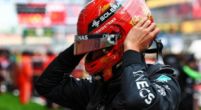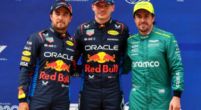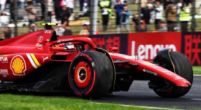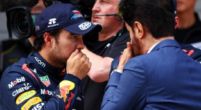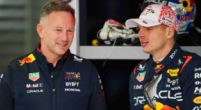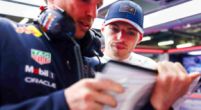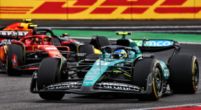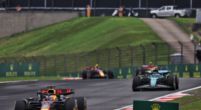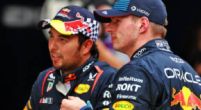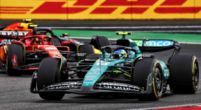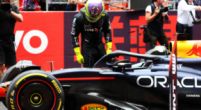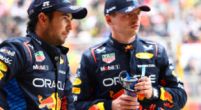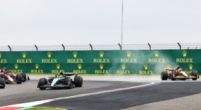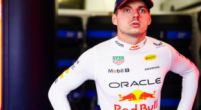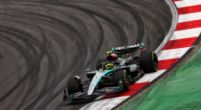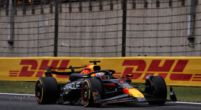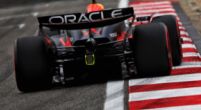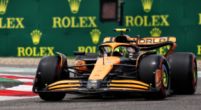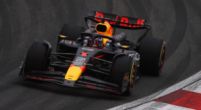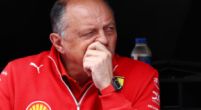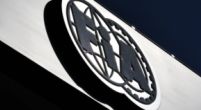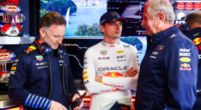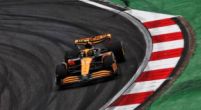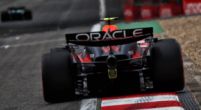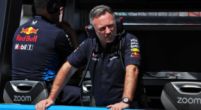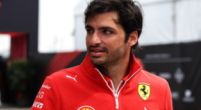F1 News

Symonds warns against high expectations of 2019 rule changes
Former Williams technical chief Pat Symonds has played down expectations that the new 2019 rule changes aimed at improving the racing between drivers won't be a 'transformation'.
Formula One teams will unveil their 2019 challengers next month ahead of testing which will include simplified aero in the attempts to limit the effect of 'dirty air' during head-to-head racing, allowing drivers to follow each other easier.
Speaking at the Autosport International, Symonds explained that the changes would present an improvement, but not revolutionise the sport.
“It became obvious that we could do something for 2019 in simplifying the front wings,” he said.
“That is purely to improve the wake and allow cars behind the leading car to have good performance. It’s never going to be perfect, and you can’t change the laws of physics, but we’ve made massive improvements from where we’ve been.
“Relative to what we are doing for 2021 it’s quite small but what you’ve got to remember is we’re not just looking at the status quo. Formula 1 develops at an alarming rate, it’s relentless.
“So if we had not done anything then the 2019 cars would have been even harder to follow than the 2018 cars were. What we’ve done is we’ve pegged it back a bit, we’ve improved on where we were in 2018. We will have to see when we get the results out.
“Don’t expect a transformational change but believe me it would have only got worse. At least what we’ve done is maintained the status quo and I suspect actually improved things a little bit.
F1 team bosses have cited fears over rising costs incurred due to the development of the new front wings but Symonds insisted the changes will ultimately help limit spending in the long run.
“It’s very hard putting numbers on these sorts of things
“The fact is the front wings were getting incredibly complex, an enormous number of parts. Not just the parts that you see on the car itself, but also all the tooling that’s associated with it, thousands of components.
“So the finished product is actually going to be a cheaper product because it has less parts on it. That’s a fact.”




